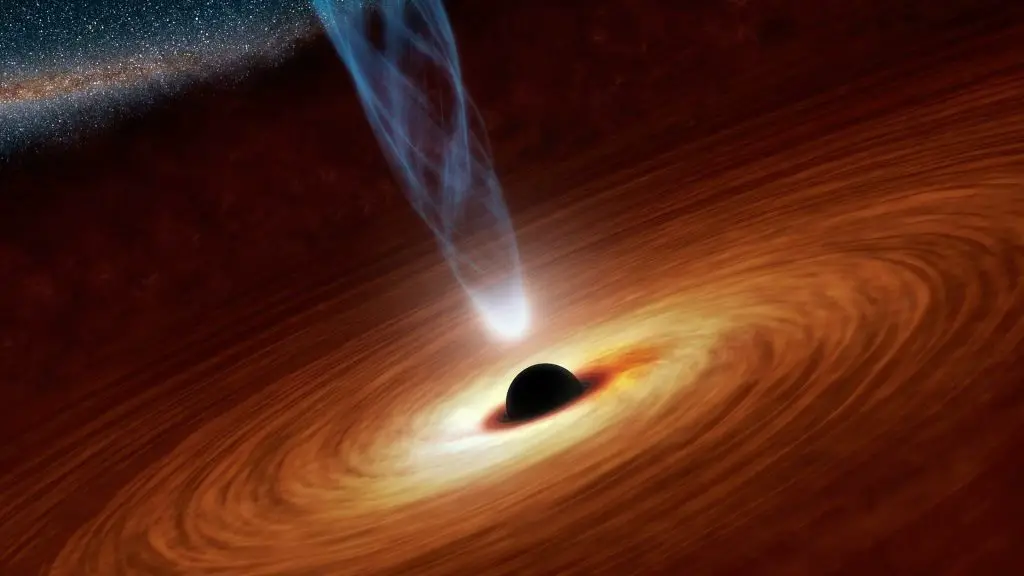NASA’s James Webb Space Telescope has captured several images that have helped in improving our knowledge about the Cosmos since its launch in 2021. In its most recent observations of the Universe, the Webb space telescope captures an ultra-deep image of Abell 2744, also identified as Pandora’s Cluster.
Astronomers have never seen such a detailed image of Pandora’s cluster before. Hence, they were amazed by the features of the image. While studying the most recent image of JWST, scientists noticed the formation of a megacluster of galaxies which existed as three massive clusters joined together.
They also realized that the megacluster’s extreme mass led to the formation of a natural super-magnifying glass by wrapping up the spacetime fabric through its gravity. But how did the Webb Space Telescope capture such an image? Continue reading to find out.
How NASA’s James Webb Space Telescope Captures the image of Pandora’s Cluster
The Webb used its NIRCAM and other instruments to capture the image of Pandora’s Cluster. The most powerful space telescope of our time took 6 hours of exposure with 30 hours of observation time to capture this jaw-dropping image of the megaclusters.
Astronomers are suggesting that the gravitational lens of Pandora’s Cluster made it possible for JWST to capture this mindblowing detailed image of the megacluster. Astronomers were amazed by the uniqueness of this image and they shared their opinions about megacluster.
“The ancient myth of Pandora is about human curiosity and discoveries that delineate the past from the future, which I think is a fitting connection to the new realms of the universe Webb is opening up, including this deep-field image of Pandora’s Cluster,” said astronomer Rachel Bezanson of the University of Pittsburgh in Pennsylvania. “When the images of Pandora’s Cluster first came in from Webb, we were honestly a little star-struck. There was so much detail in the foreground cluster and so many distant lensed galaxies, I found myself getting lost in the image. Webb exceeded our expectations.”
Another astronomer from the Swinburne University of Technology also shared an opinion about the discovery.
“Pandora’s Cluster, as imaged by Webb, shows us a stronger, wider, deeper, better lens than we have ever seen before,” said Astronomer Ivo Labbe of the Swinburne University of Technology in Melbourne, Australia. “My first reaction to the image was that it was so beautiful; it looked like a galaxy formation simulation. We had to remind ourselves that this was real data, and we are working in a new era of astronomy now.”
Why Pandora’s Cluster is quite Unique
The recent jaw-dropping image of Pandora’s Cluster is a combination of four JWST snapshots which created one panoramic image that displays about fifty thousand near-infrared light sources. This is the first time astronomers are seeing anything like this before.
Conclusion
Astronomers are expecting new data to be released in the summer. This new data should be able to reveal new insight into how the galaxies came together during the early universe to form the megecluster. The data is also expected to reveal how they evolved to form the universe we know in this era. What do you think about this fascinating image?




